Description
Shatavari is also known as Asparagus racemosus. It’s a member of the asparagus family. It’s also an adaptogenic herb. Adaptogenic herbs are said to help your body cope with physical and emotional stress.
Shatavari is considered a general health tonic to improve vitality, making it a staple in ayurvedic medicine. Keep reading to learn more about the other health benefits it may offer. Asparagus racemosus (satavar, shatavari, or shatamull, shatawari) is a species of asparagus native from Africa through southern Asia, including the Indian subcontinent, to northern Australia.It grows 1–2 m (3 ft 3 in – 6 ft 7 in) tall and prefers to take root in gravelly, rocky soils high up in piedmont plains, at 1,300–1,400 m (4,300–4,600 ft) elevation.[4] It was botanically described in 1799.Because of its multiple uses, the demand for Asparagus racemosus is constantly on the rise. Due to destructive harvesting, combined with habitat destruction, and deforestation, the plant is now considered “endangered” in its natural habitat
Description
Close-up on flowers
Asparagus racemosus is a climber having stems up to 4 m long. Its roots are both fibrous and tuberous.Shatavari has small pine-needle-like phylloclades (photosynthetic branches) that are uniform and shiny green. In July, it produces minute, white flowers on short, spiky stems, and in September it fruits, producing blackish-purple, globular berries. It has an adventitious root system with tuberous roots that measure about one metre in length, tapering at both ends, with roughly a hundred on each plant.
Uses
Shatavari is used in Indian traditional medicine.Despite its long history of use in Ayurveda, no high-quality clinical evidence exists to support using shatavari as a therapy for any disease.Studies of its effects on lactation have shown mixed results.[8] Its safety has not been well-studied, with two small trials finding no adverse effects in mothers or their babies.[8] Constituents of shatavari include steroidal saponins, mucilage, and alkaloids.
Australian aboriginal
The roots of Asparagus racemosa are boiled and give a liquid used as an external wash to treat colds and other sicknesses, by the aborigines of the Moyle River area in the Northern Territory.[9] (The Ngan’gi name for the plant is yerrwuwu.)[9]


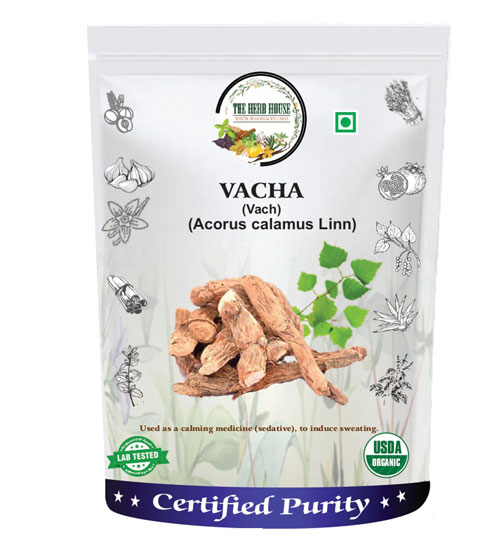
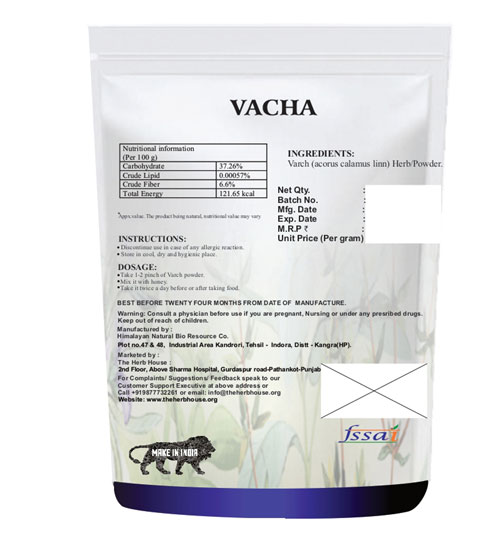
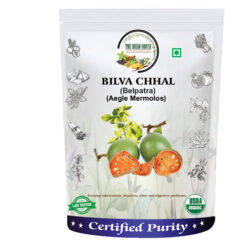
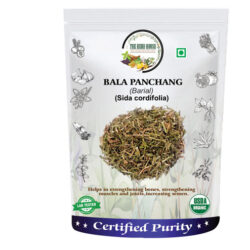
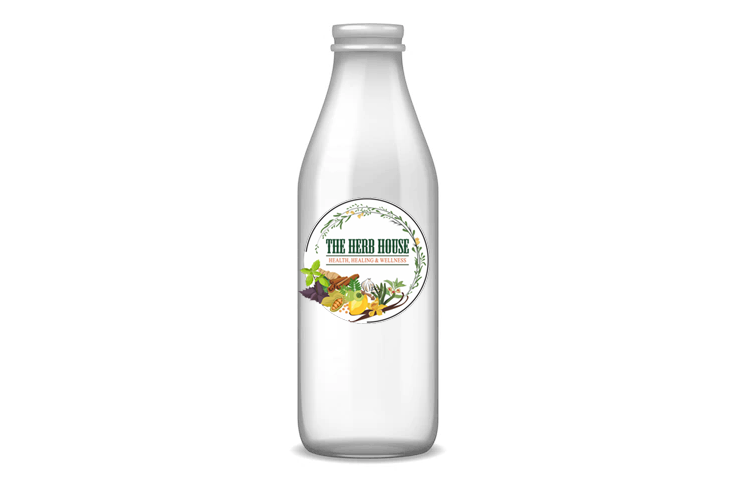
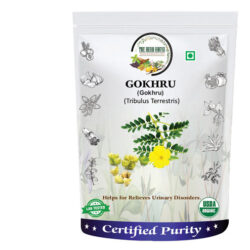
Reviews
There are no reviews yet.